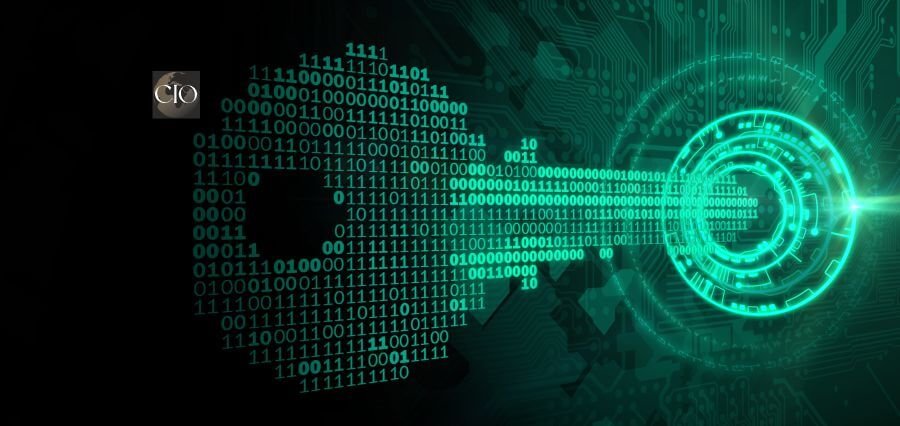Beyond Policies and Protocols
Cybersecurity has come a long way since firewalls, encryption protocols, and compliance checklists were the basics of matching efforts in the era of digital interconnectivity. Whereas policies and procedures are of primary concern, the actual backbone of a safe digital space is an integrated system, a system that will embed cybersecurity compliance and trust at every functional level of an enterprise. Developing such a system involves a cultural, technological, and strategic change that shifts security beyond a mere technical consideration to an organizational value in the very operations of an organization.
The Limits of Compliance
Laws such as the General Data Protection Regulation (GDPR), the Health Insurance Portability and Accountability Act (HIPAA), and the Cybersecurity Maturity Model Certification (CMMC) drafted essential frameworks to assist businesses in protecting sensitive information. These frameworks establish minimum standards, and these assist in risk mitigation. Notably, however, fulfilling the requirements of compliance is not sufficient.
Numerous high-profile breaches, such as those at Equifax and Capital One, occurred even though these organizations met prevailing cybersecurity standards. This highlights a critical gap: compliance alone does not guarantee protection against evolving threats. This presents a severe gap wherein it is established that there is usually reactive and periodic compliance, which contrasts with cyber threats that are never-ending and evolving.
Conformity gives an illusion of safety. It possibly results in organizations prioritizing checkmarks instead of creating resilient structures. That is why the debate should change, not just about compliance but about the more important integration of cybersecurity compliance and trust as a systems objective.
Cybersecurity Compliance and Trust: A Systemic Perspective
When we treat cybersecurity compliance and trust as a system, we must understand the interdependencies between people, processes, and technology. An effective system synchronizes the following factors:
1. Governance and Leadership
Executive leadership and boards should consider cybersecurity as a business threat rather than an IT issue. In cases where cybersecurity has become a part of the strategic planning, resource distribution, and organizational culture, it is reinforced in the larger system of trust and compliance.
2. Risk-Based Approach
Systems and data do not have equal value and vulnerability. A risk-based focus defines the assets that need the highest emphasis on safeguarding. This dynamic approach makes compliance efforts not only broad but also deep, where it matters most.
3. Continuous Monitoring and Adaptation
Cyber threats are highly dynamic. They have to change and disrupt non-compliance. Companies can be one step ahead with persistent threat awareness, periodic penetration testing, and real-time analytics. Having adaptive technologies such as AI and machine learning in security systems increases responsiveness and resilience.
4. Human Factor
The most vulnerable point in cybersecurity is normally employees. However, they can be the greatest defense mechanism as well. It is critical to create a culture of security being the responsibility of all, by means of training, incentives, and accountability. The security principles of the organization enable employees to operate in the best interest of the organization since they know that they can trust the organization.
5. Transparency and Incident Response
Building trust involves the recognition that any system is subject to failure. The way an organization responds when breaches happen is very important. The reputational harm and the stakeholders’ trust may be combated with the help of open communication, responsible disclosure, and a powerful incident response plan.
The Role of Third-Party Relationships
Modern organizations do not run on their own. The presence of vendors, partners, and cloud service providers, as well as contractors, introduces various points of vulnerability. The compliance with cybersecurity and the trust in this expanded enterprise are to be ensured by vetting the partners, using third-party risk evaluation, and lastly, include the data security clauses in the contracts.
Measuring Trust and Compliance
Trust is hard to measure, but not entirely out of the question. Indicators like customer satisfaction ratios, breach response times, regulatory audit figures, and user behavior analytics can offer a concrete measure of organizational performance. Continuous improvement can be supported through internal audits, red team exercises, and feedback loops with stakeholders.
Conclusion
Policies and protocols present the scaffold; however, the actual body of a secure digital environment comes about as a living, adaptive system based upon cybersecurity compliance and trust. Companies that appreciate these dynamics and invest in them accordingly will be better placed at risk management, responding to threat, and gaining the trust of their users, partners, and regulators. Trust in the dynamic cyber environment exceeds being a product of compliance; it is the destination.
Read More : The Role of Data Protection and Privacy in Smarter Security




